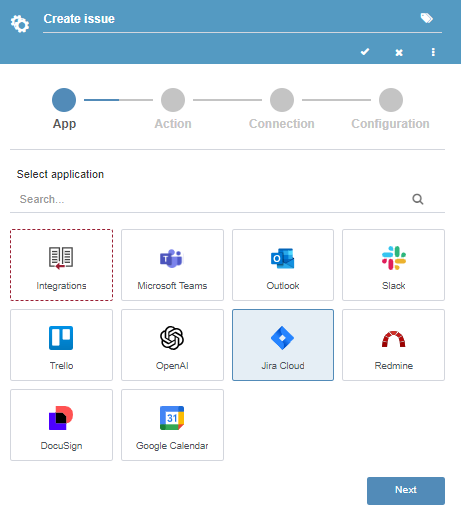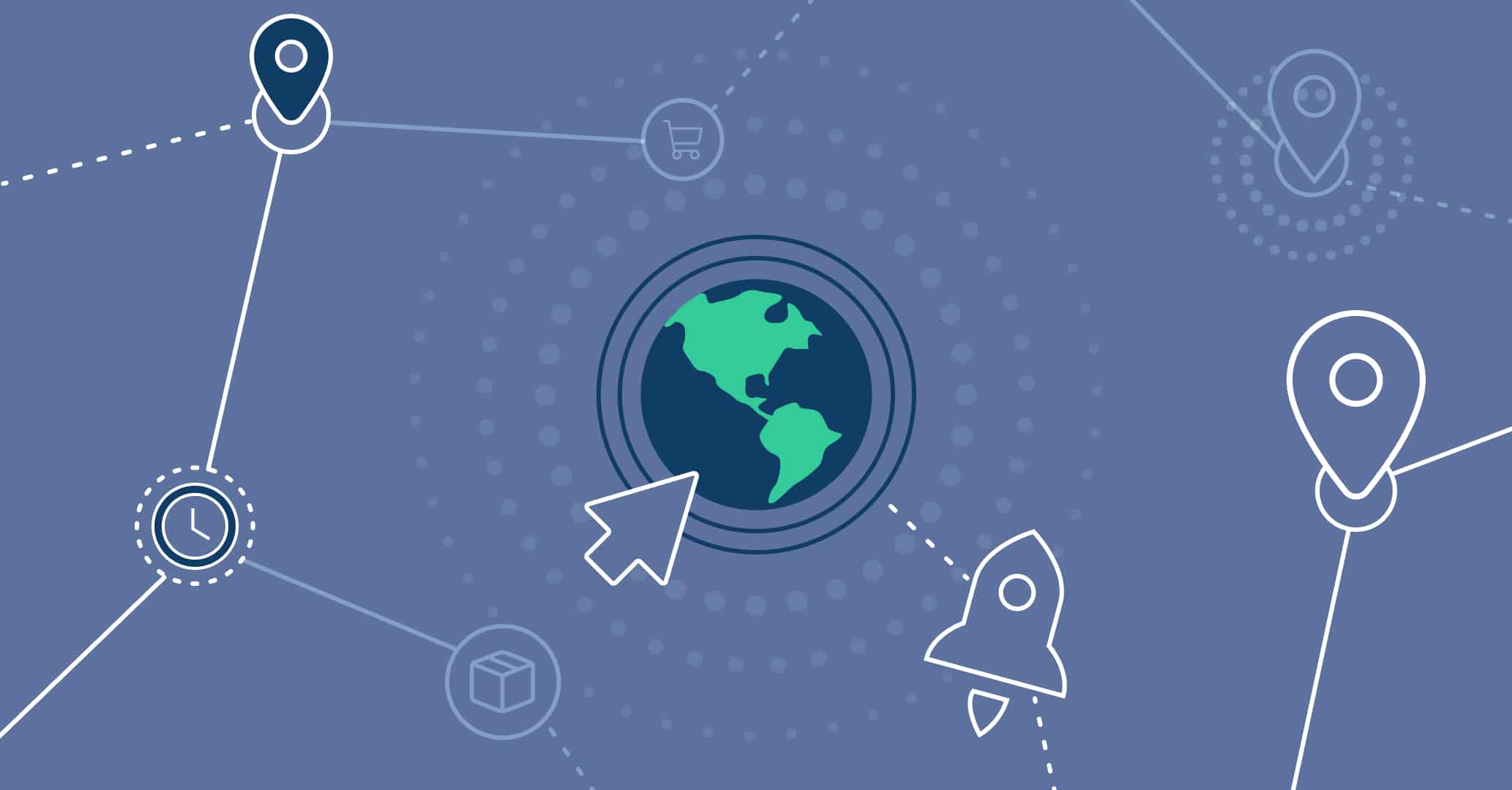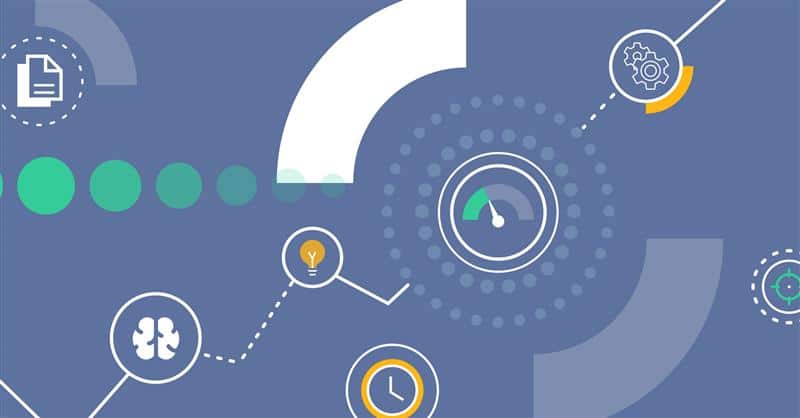Project management boards are essential for task division and monitoring their completion within your organization. With Qflow’s new integration functionality, you can now connect your process design with Jira, Trello, or Redmine to organize projects of any size. This allows you to segment actions into manageable tasks, facilitating management and speeding up response times.
Create, edit, and delete tasks on project management boards automatically from your workflow, enabling your teams to visualize and complete their tasks quickly and efficiently. Instantly identify bottlenecks and act quickly to resolve them, regularly and easily monitoring the status of your processes.
How to Integrate Project Management Boards with Qflow
Tools like Jira, Trello, and Redmine use cards, columns, and lanes to enable teams to visualize and manage their workflows in real-time. To incorporate these systems into your processes designed in Qflow, you’ll need to use a service task configured with the desired connector.

Discover the specifications of each Integration
Trello
To connect your process with Trello, you need an active account and a workspace created on the platform. Learn how to establish the connection in our manual.
Once connected, the Trello integration will allow you to:
- Create a card in a specific list on a Trello board by specifying the board, card, and list names, with optional parameters. You’ll receive the identifier needed to modify the card once created.
- Move a card to a different list by entering the card identifier and the list name where it will be moved.
- Delete a card by providing its identifier.
- Add comments by entering the card identifier and the comment to add.
- Add and remove members using the card identifier and the username to add or remove.
Jira
The Jira connector requires an active account on Jira Cloud and a workspace created on the platform, along with an application parameter to establish the connection. Learn more in our manual. To establish the connection, you will use an application parameter.
After configuring the connector, you can perform the following actions in Jira:
- Create an issue by providing the project name, issue type, and summary. You’ll receive an identifier key to modify the issue upon creation.
- Add comments to an issue by providing its key and the comment to add.
- Update the due date by specifying the issue key and the new due date.
- Update the priority with the issue key and the new priority (“high,” “medium,” “low,” or other options defined in Jira Cloud).
- Update the status by entering the issue key and the new status (to do, in progress, done, or another status defined in Jira Cloud).
- Update the assigned user using the card identifier and the assigned username.
- Delete an issue by entering its key.
Redmine
This connector requires a Redmine installation and a user with permissions to create and update issues, along with an application parameter to connect it to Qflow. You can read more here.
Once connected, you can:
- Create an issue by entering the necessary data. You’ll obtain the ID required to update the issue upon creation.
- Modify the issue by entering its ID and updating the desired fields.
- Delete the issue by entering the corresponding ID.
Use Case
There are multiple scenarios where a process can benefit from integrations with project management boards, optimizing team collaboration and rapid task resolution.
For example, consider a technical support team with a high flow of incidents that requires a solution for quickly prioritizing and resolving issues. Using the Jira connector, you can automate the creation and updating of issues, reducing resolution time and improving the prioritization of critical tasks to enhance customer satisfaction. Eventually, Redmine and Trello connectors could be used for the same purpose.

The process starts with incident reporting, and once its validity is confirmed, a service task connected to Jira automatically creates an issue in the tool and assigns it to a collaborator based on workload and specialization. Once the incident is resolved or marked as unresolved, another service task updates the issue status in Jira. Before ending the process, Qflow automatically closes the issues in Jira.
Why Are These Integrations Key for Workflow?
Qflow integrations with Jira, Trello, and Redmine are crucial for workflow because they enhance operational efficiency by automating task management from a centralized platform. These integrations improve team collaboration, allowing for the automatic creation, editing, and deletion of tasks, and facilitate quick identification and resolution of bottlenecks.
By reducing response times and increasing efficiency, these tools improve satisfaction for both clients and collaborators, enhancing the organization’s competitive capacity.
Benefits of Integrated Management Boards
By incorporating Jira, Redmine, and Trello connectors into your processes, you can coordinate and oversee various projects and tasks centrally and efficiently.
Some benefits include:
- Operational Efficiency: Automate your processes from a single location, saving time and reducing errors.
- Improved Collaboration: Tasks are resolved orderly and efficiently, aiding teamwork and information access.
- Centralized Management: Consolidate all process information into a single view.
- Eliminate Bottlenecks: Instantly identify task resolution delays with Jira’s Kanban view, enabling quick action to avoid delays.
- Increased Client Satisfaction: Faster response times lead to higher efficiency and greater satisfaction for clients and collaborators.
- Flexibility: Jira boards adapt to your organization’s needs, as does their integration with Qflow, facilitating daily use.
- Greater Transparency: Promote individual and collective responsibility by visualizing progress in real-time.
Conclusion
New Qflow integrations with Jira, Trello, and Redmine significantly improve project and task management in any organization. They enhance operational efficiency, improve client and collaborator satisfaction, and achieve a new level of productivity.
Try Qflow today and discover its Qflow 5.5 Connectors to centralize your process management on one platform. Schedule meetings with Outlook and Google Calendar, manage electronic document signatures with DocuSign, share messages in Slack or Microsoft Teams channels, and moderate your content with Open AI.






